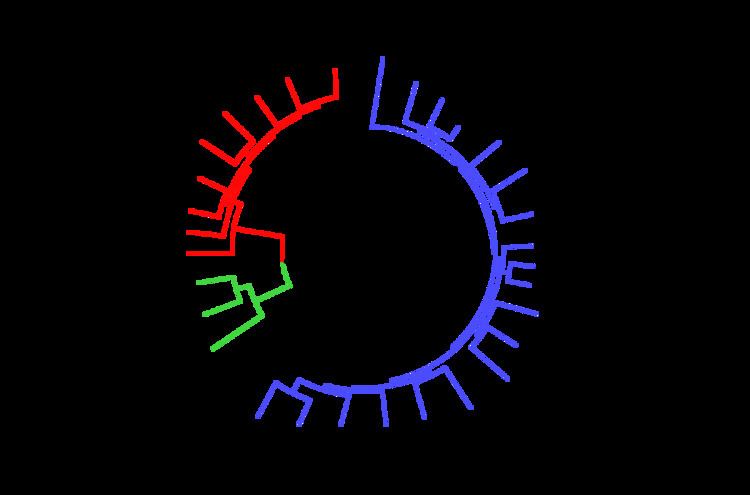 | ||
Punctuated gradualism is a microevolutionary hypothesis that refers to a species that has "relative stasis over a considerable part of its total duration [and] underwent periodic, relatively rapid, morphologic change that did not lead to lineage branching". It is one of the three common models of evolution. While the traditional model of paleontology, the phylogenetic model, posits that features evolved slowly without any direct association with speciation, the relatively newer and more controversial idea of punctuated equilibrium claims that major evolutionary changes don't happen over a gradual period but in localized, rare, rapid events of branching speciation.
Punctuated gradualism is considered to be a variation of these models, lying somewhere in between the phyletic gradualism model and the punctuated equilibrium model. It states that speciation is not needed for a lineage to rapidly evolve from one equilibrium to another but may show rapid transitions between long-stable states.
In 1983, Malmgren and colleagues published a paper called "Evidence for punctuated gradualism in the late Neogene Globorotalia tumida lineage of planktonic foraminifera." This paper studied the lineage of planktonic foraminifera, specifically the evolutionary transition from G. plesiotumida to G. tumida across the Miocene/Pliocene boundary. The study found that the G. tumida lineage, while remaining in relative stasis over a considerable part of its total duration underwent periodic, relatively rapid, morphologic change that did not lead to lineage branching. Based on these findings, Malmgren and colleagues introduced a new mode of evolution and proposed to call it "punctuated gradualism."
